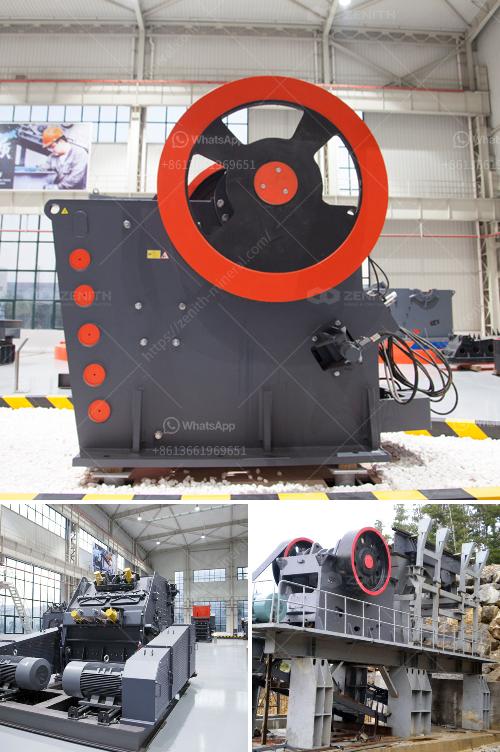Building a stone crusher, especially in Italy, involves several steps and regulations which you should be aware of to ensure legal compliance and optimal functionality. Here’s an outline of how to approach this project:
-
Research and Permissions:
- Legal Compliance: Check with local Italian authorities for permits and zoning regulations. You may need environmental and construction permits.
- Safety Standards: Ensure compliance with European and Italian safety and health standards.
-
Planning:
- Location Selection: Choose a stable ground, away from residential areas to minimize noise and dust nuisance.
- Design and Specifications: Decide the type of crusher (jaw, cone, impact, etc.) suited for your needs based on the material and required output size.
-
Procurement:
- Equipment: Purchase high-quality stone crushing equipment. Reputable Italian or international manufacturers can provide equipment designed for durability and efficiency.
- Materials: Secure all necessary materials such as foundations, steel structures, and ancillary parts.
-
Construction:
- Site Preparation: Clear and level the site ensuring proper drainage and foundation stability.
- Foundation Work: Lay a solid foundation considering the weight and operational vibrations of the stone crusher.
- Assembly: Follow manufacturer instructions for assembly, ensuring all parts are securely and correctly positioned.
- Utilities and Support Structures: Install electrical connections, conveyor belts, and other support structures.
-
Environmental Care:
- Dust Control: Implement dust control measures such as water sprays or dust extraction systems.
- Noise Reduction: Consider noise reduction solutions like enclosing the crusher, using noise barriers, or vibration dampening supports.
-
Testing and Commissioning:
- Initial Testing: Conduct initial tests to ensure the crusher is operational and effective.
- Adjustments: Make necessary technical adjustments and calibrations for optimal performance.
-
Maintenance Planning:
- Regular Maintenance Schedule: Create a maintenance schedule to ensure the longevity and efficiency of the crusher.
- Spare Parts: Keep essential spare parts in stock to avoid long downtimes.
-
Operational Training:
- Training Staff: Train operators and maintenance personnel on safe handling and efficient operation of the crusher.
Important Note: Always consult with experts and relevant authorities in Italy to ensure all steps are followed according to local regulations and industry standards.

